
How to Treat Locked Stifles in Horses 12 Steps (with Pictures)
Stretching. Step 1: I flex the horse's hip and stifle by lifting the hoof upward and forward. As you flex the joints, help the horse maintain his balance by keeping the lower leg toward the midline and the horse's weight centered over the supporting leg. Each stretch should be held for 10 to 20 seconds initially.
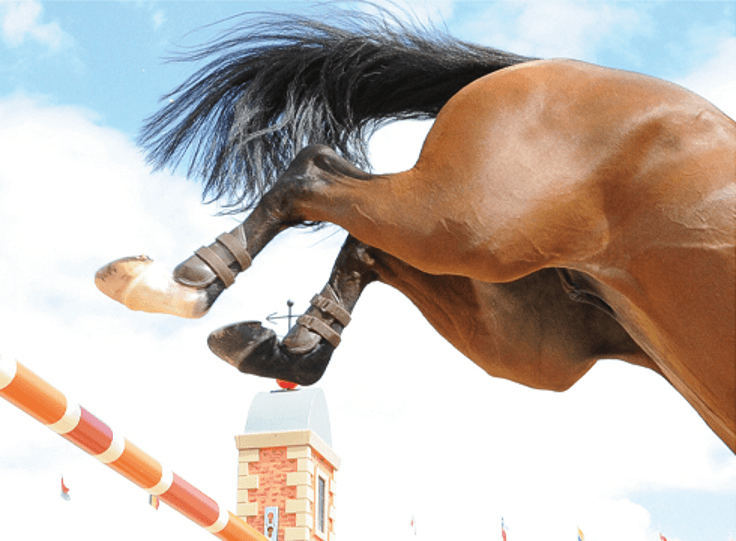
Locking Stifle Problems Horses Encounter With This Issue
Managing the Condition on Your Own. 1. Guide your horse into a movement that will unlock the joint. When your horse experiences a locked stifle, gently guide it into a position that will unlock it. If you are walking your horse and its hind leg gets stuck in an extended position, signal your horse to rein back.

How to Treat Locked Stifle Joints in Horses Horses, Horse love, Horse exercises
Sticky or Locking Stifle in a Horse - Cause and Treatment. 'Sticky Stifle' is a result of a slight problem with the locking mechanism which fixes the stifle joint and allows the horse to stand sleeping - as a result, the rest of the horse's hind leg is affected. Sometimes this locking mechanism in the stifle gets "stuck" and the horse or pony.
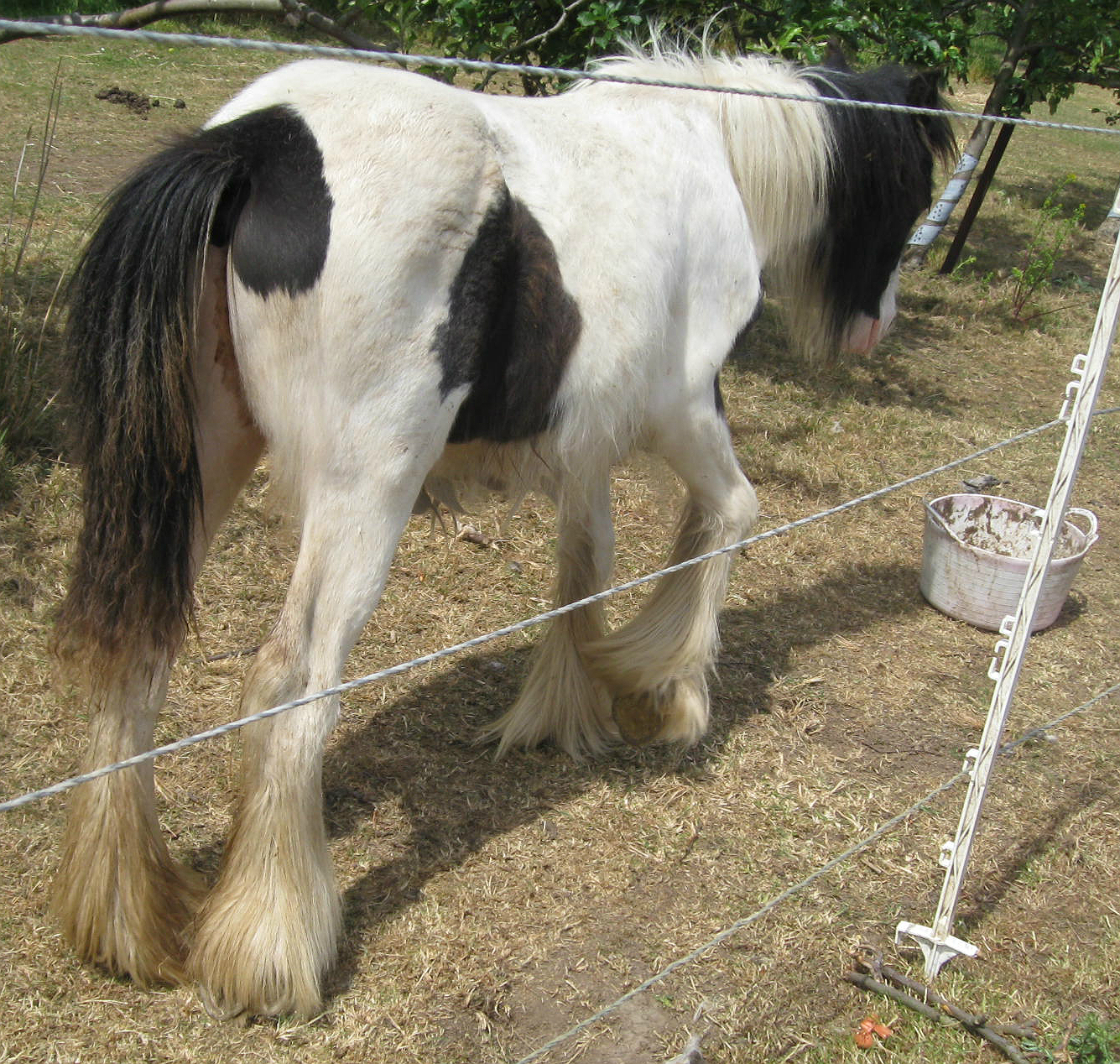
Adversity a Pony's Tale Foal Abandoned with Locking Stifle
Learn how to effectively treat locked stifles in your horse with our comprehensive guide! This step-by-step video tutorial covers proven treatment methods, c.
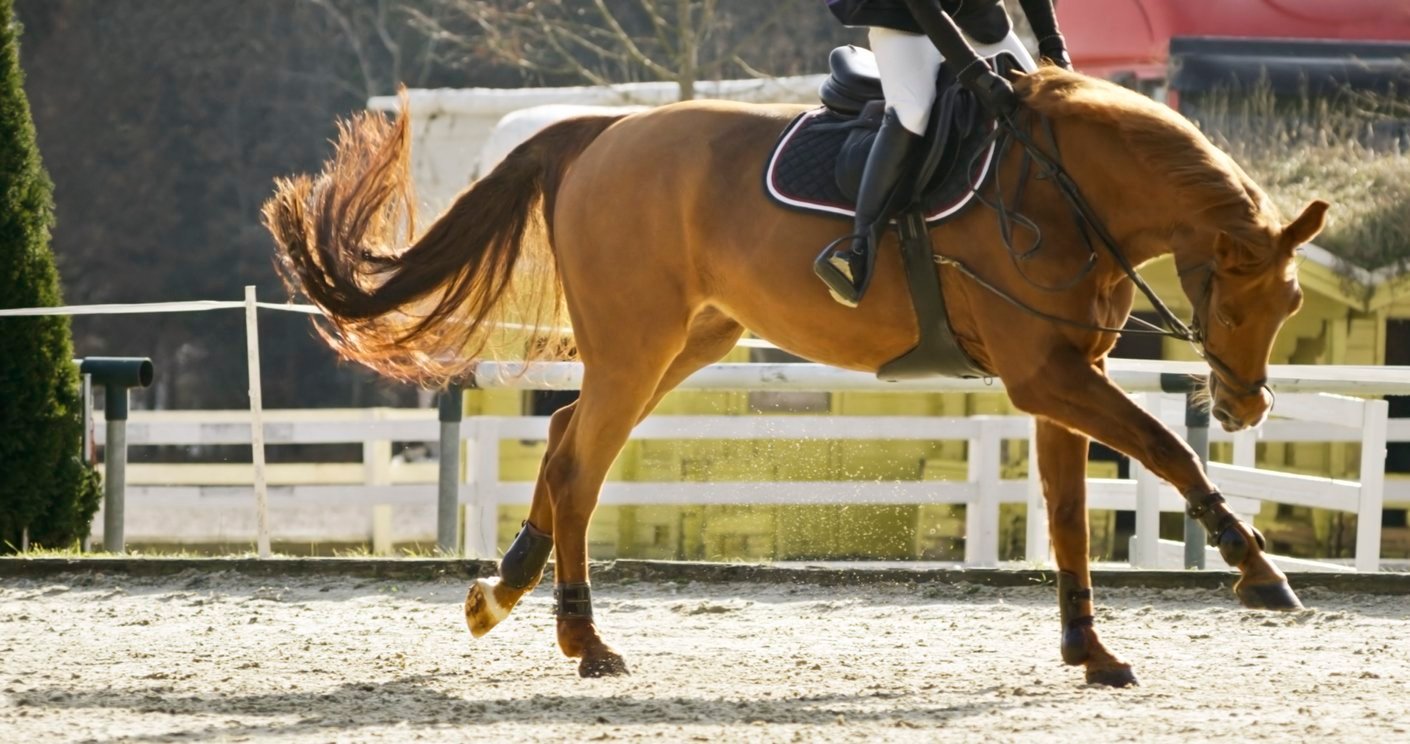
Locking Stifle Horse [Definition, Diagnosis and Treatment]
The exact cause of locking stifles isn't known, but it's thought it could be due to conformation factors such as straight limbs and a weakness of the quadriceps muscles (those found near the top of your horse's hind legs). It's most often seen in young horses that are growing rapidly. In these cases, the growth of your horse's bones.
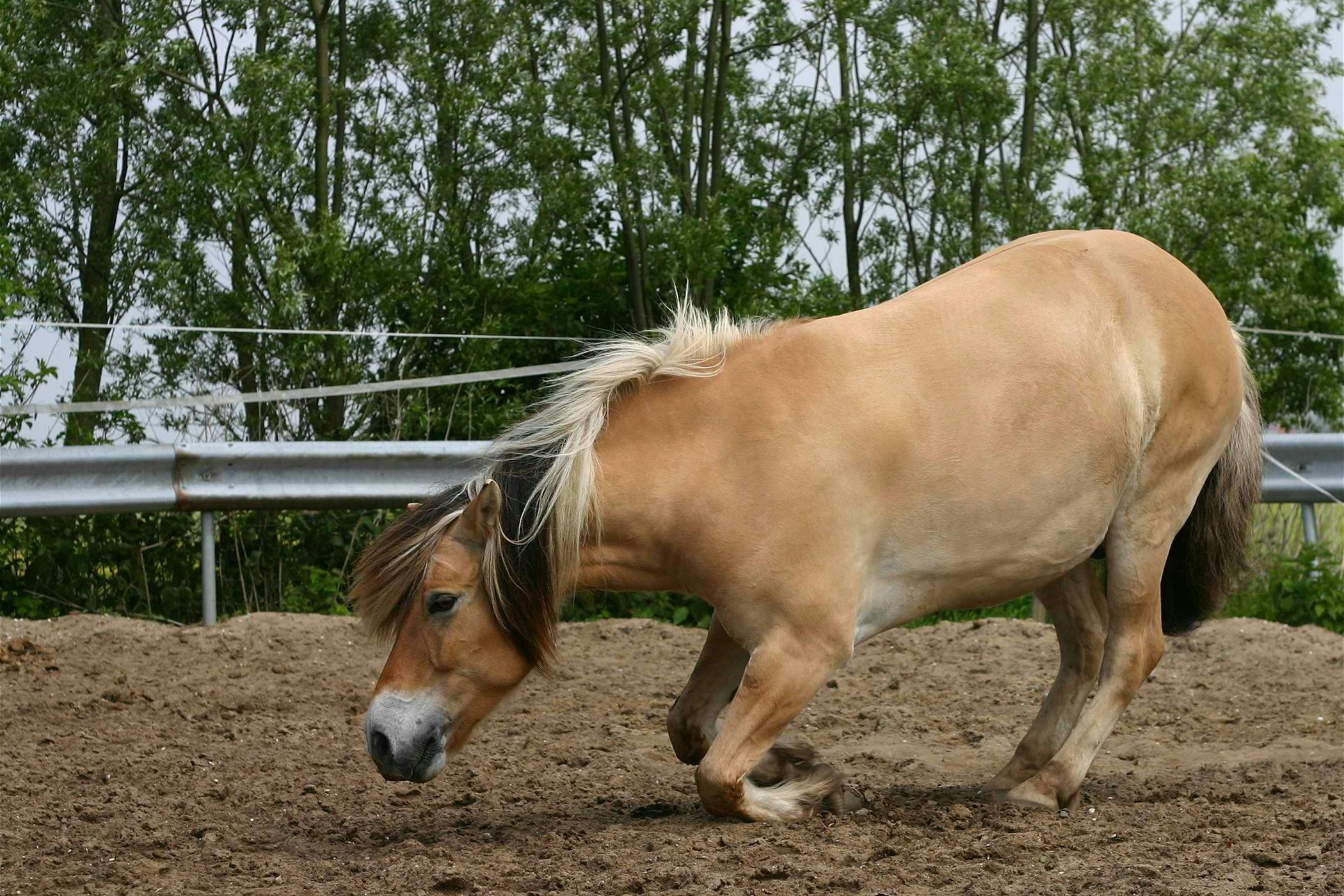
Locking of the Stifle in Horses Symptoms, Causes, Diagnosis, Treatment, Recovery, Management, Cost
Locking stifles, in vet-speak called 'upward fixation of the patella' (UFP), is a rather common problem in horses, and one that is often not recognized, misdiagnosed as general hind leg lameness or overlooked altogether. While the causes are not always understood, it's possible to help your horse overcome a locking stifle with time.
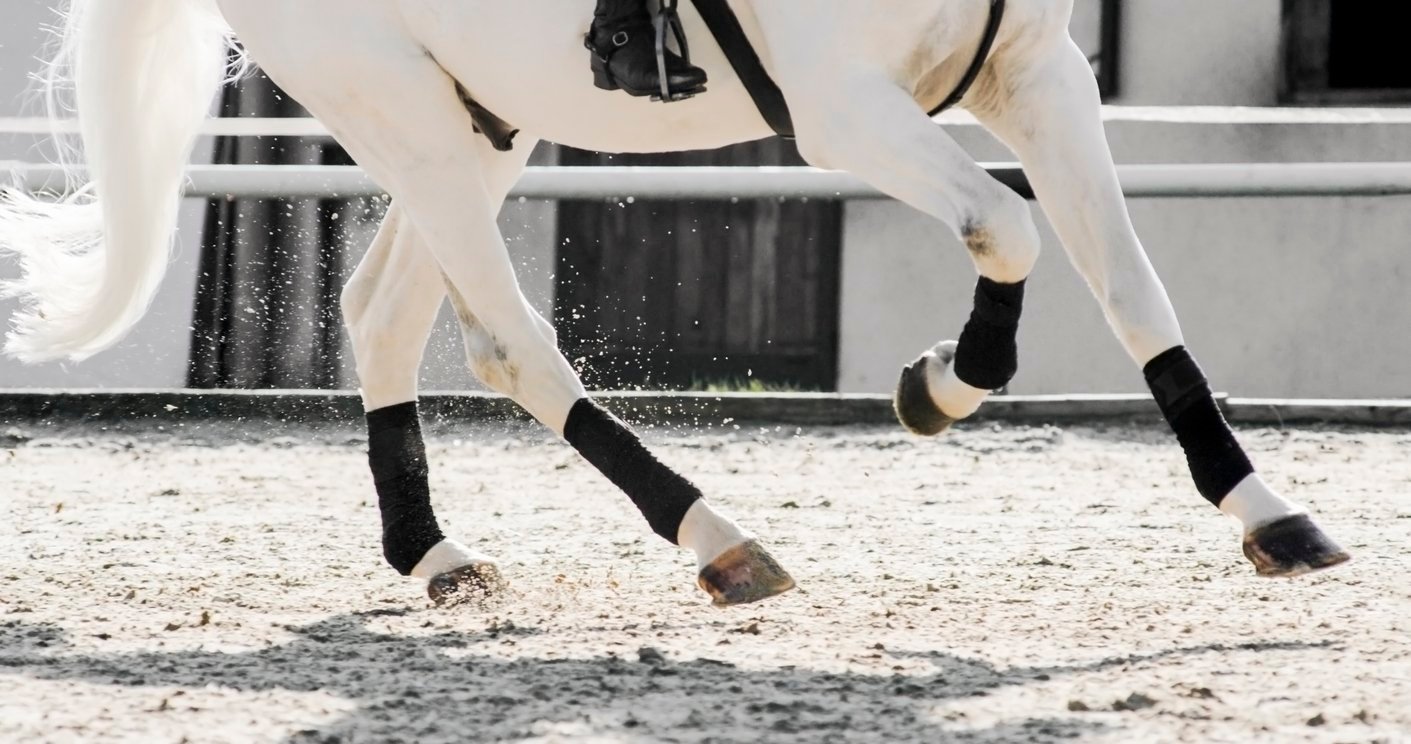
Locking Stifle Horse [Definition, Diagnosis and Treatment]
When a horse is standing normally, its stifle is locked into a weight-bearing capacity. When this locking occurs, the medial patella ligament fastens over the end of the femur (medial trochlear). When the horse goes to move, this patella ligament must unfasten, allowing the patella to 'unlock' and the stifle and hock to flex. "Stifle lock.

Horse With a Locked Stifle YouTube
Best Horseback Riding in Santa Clara, CA - Garrod Farms Riding Stables, California Riding Academy, Sarah Valliant Equestrian, HC Equestrian, Three Horse Farm, Victoria Dye Equestrian, Rancho de las Reinas, Westwind Community Barn, Glenoaks Equestrian Center, Tara Parcella Horseback Riding Instructor.
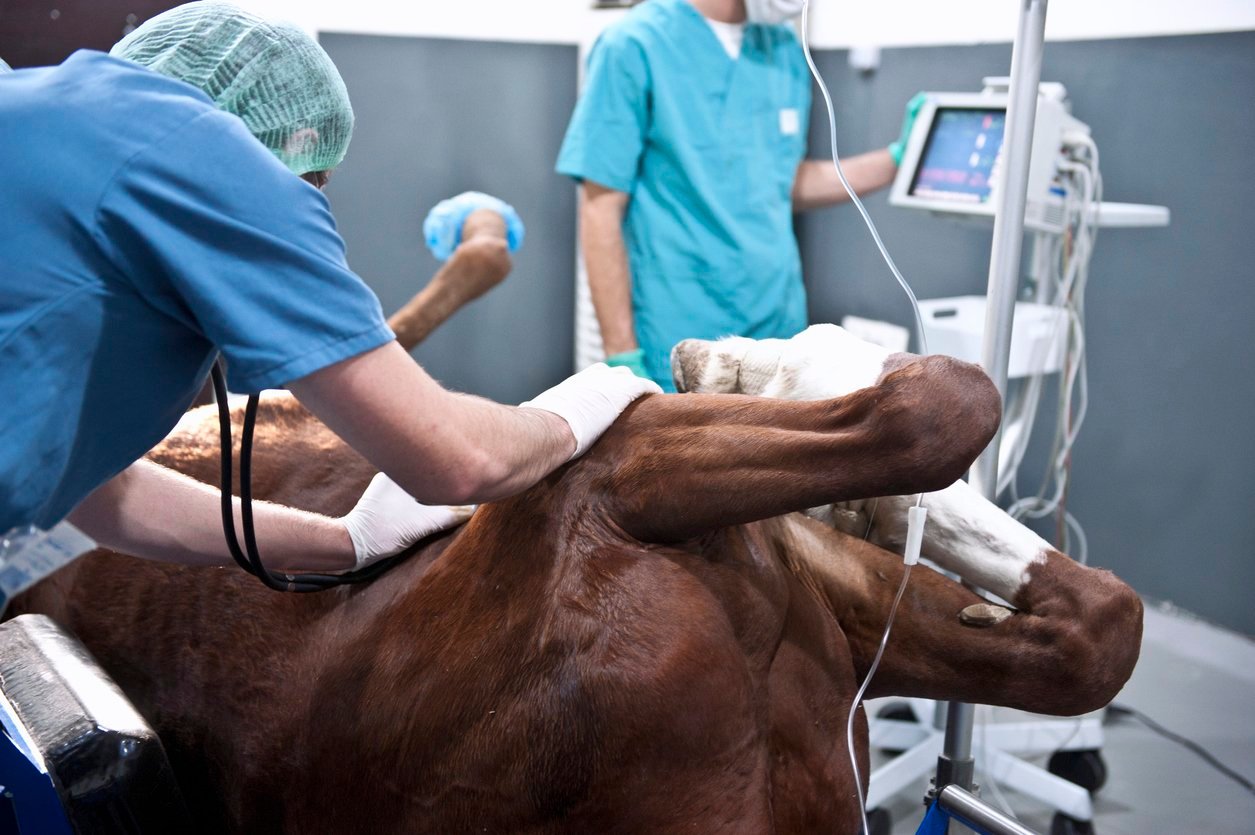
Locking Stifle Horse [Definition, Diagnosis and Treatment]
Use these simple exercises to strengthen your horse's stifle area as a preventative or to help overcome locking stifle (upward fixation of the patella). More.

The locking stifle HQ Magazine
The locking stifle is an evolutionary adaptation that allows horses to sleep standing up. Vet Gil Riley shares how the locking mechanism can go wrong, and treatment options for when it does. The stifle is the area where the tibia meets the femur, and is the equivalent of our knees — when you pick up a horse's hind leg, the joint bends.
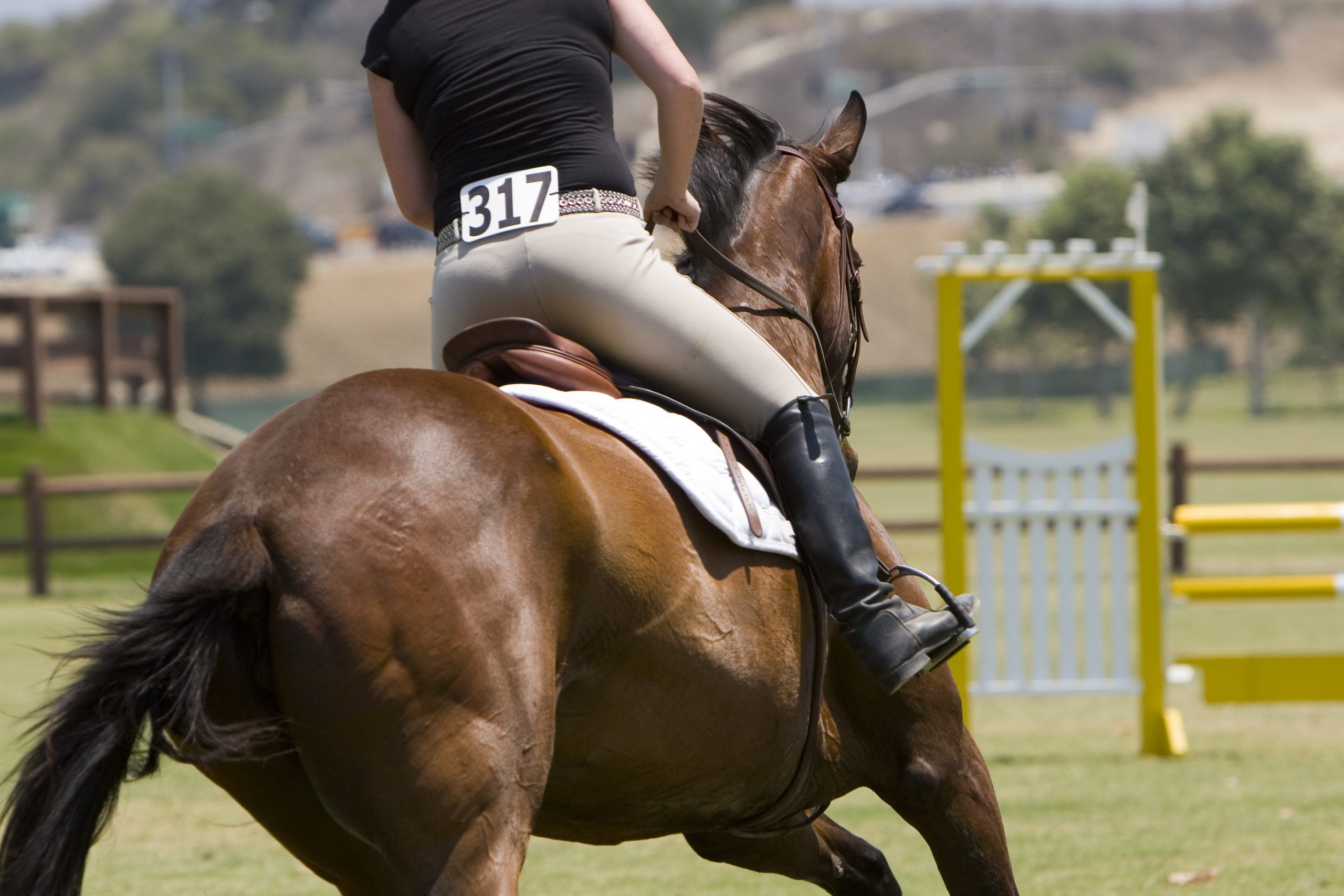
Upward fixation of the patella (Stifle Lock) Southwest Equine Veterinary Group
The patellar lock mechanism provides an efficient way of keeping the limbs from flexing, meaning that horses can stand for an extended period of time without exerting too much energy. If the horse cannot replace their patella efficiently, resulting in it locking in place, the horse can appear lame and stiff. Before discussing the condition, it.
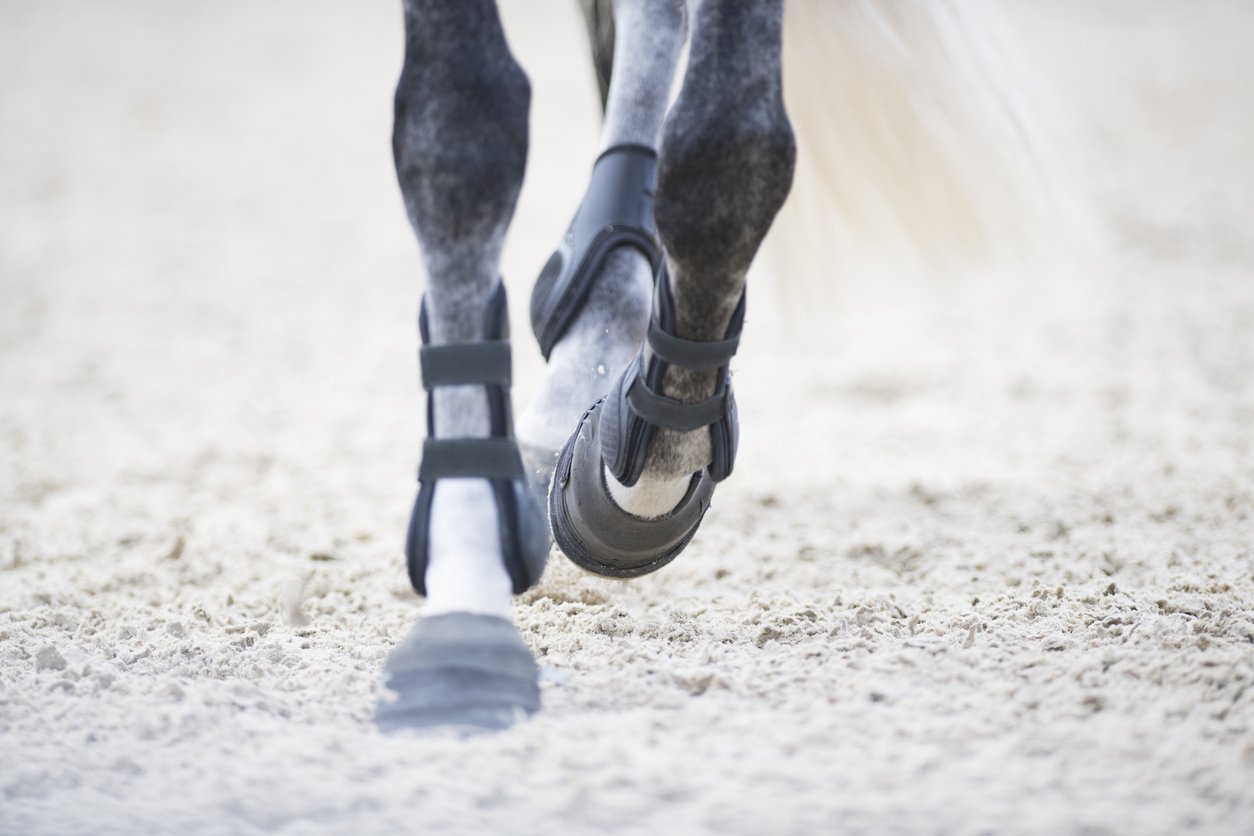
Locking Stifle Horse [Definition, Diagnosis and Treatment]
A common physical affliction among gaited horses is upward fixation of the patella, otherwise known as locking stifles.The symptoms of this may be so subtle.

Gracie's locking stifle YouTube
A locked stifle, clinically known as upward fixation of the patella (UFP), is a notable condition in horses where the patella, or kneecap, gets "locked" over the medial ridge of the femur. This prevents the normal sliding movement of the patella, where the hind leg joins the body. Several factors contribute to this condition, intertwining.
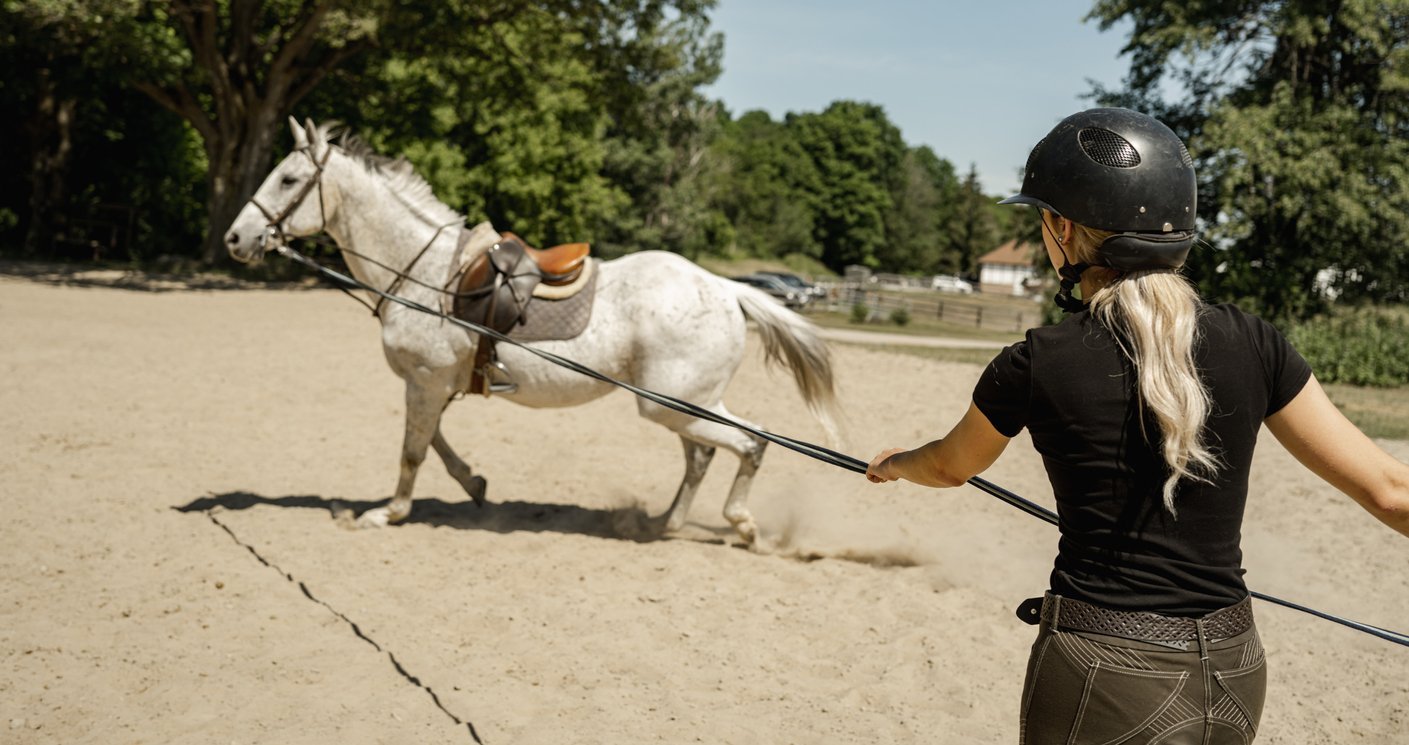
Locking Stifle Horse [Definition, Diagnosis and Treatment]
When the horse steps forward, the patella is released from the inside of the medial trochlear ridge, allowing the limb to flex. Problems occur when the patella gets 'stuck' in the upward position; this is termed upward fixation of the patella (UFP) or a locking stifle. When the patella fails to disengage from the bony ridge, the leg remains.

How to Treat Locked Stifles in Horses 12 Steps (with Pictures)
However, younger horses are more prone to developing the condition because they have weaker or underdeveloped muscles around the stifle. Horses in poor physical condition are also more prone to developing locking stifles as are horses with upright back legs (a post-leg conformation). Nevertheless, some horses with good conformation and good.

How to Treat Locked Stifles in Horses 12 Steps (with Pictures)
A locking stifle in a horse affects the stifle joint which includes the kneecap and ligaments and is the most complex joint in the horse. In horses with this condition, one of the ligaments in the kneecap catches over the inner ridge of the femur. This causes the hind limb to be locked while extended.